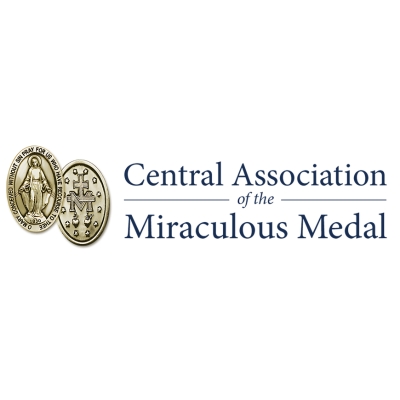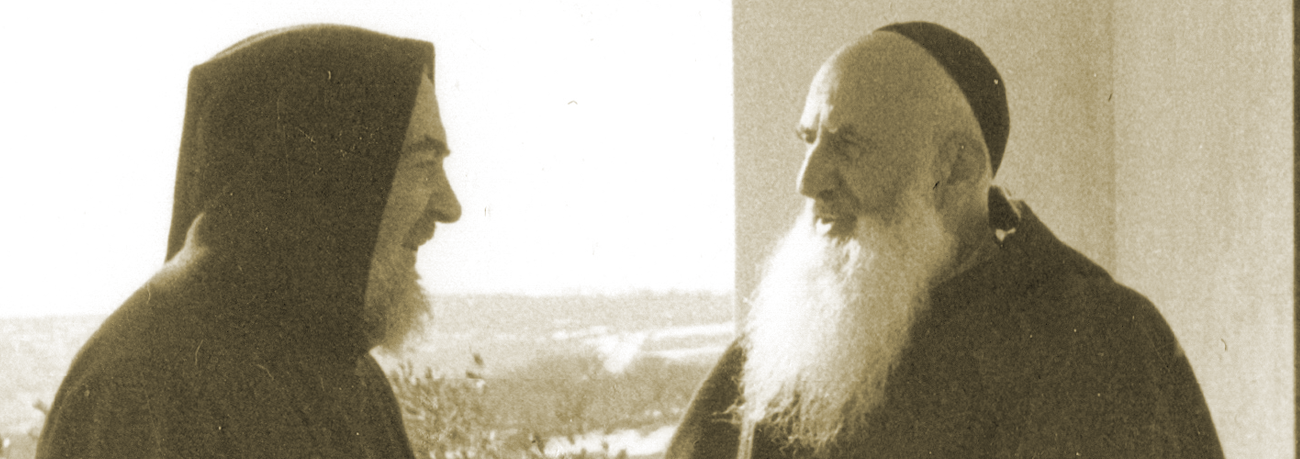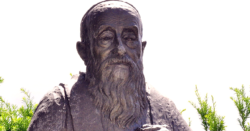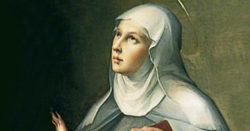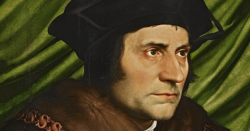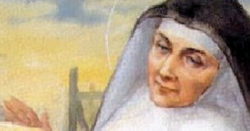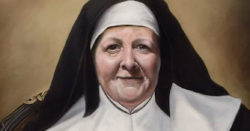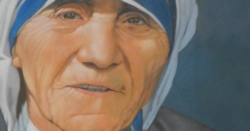Name that Saint: St. Padre Pio
Name That Saint: St. Padre Pio
While known for his stigmata and other remarkable spiritual gifts, St. Padre Pio also established hospitals and schools in San Giovanni Rotondo.
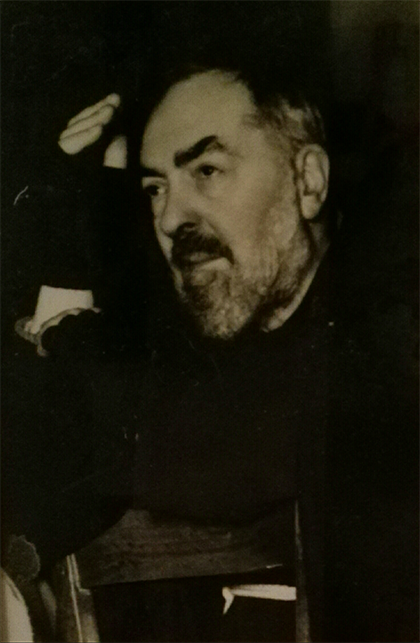
While he was most known for his stigmata, which lasted 50 years (1918 to1968), his gift of bilocation (being in two places at one time), and his popularity as a Confessor (he spent anywhere from eight to nineteen hours a day hearing confessions), St. Padre Pio was also instrumental in setting up hospitals and schools.
These works of mercy make perfect sense when seen in the light of God’s graces. God never bestows gifts on someone for their personal use. He gives them as means to help others. Padre Pio’s gift of bilocation was always used to comfort people, heal them, or administer the Sacraments. His gift as a Confessor brought people closer to God, even when they were told things they’d rather not hear (which certainly didn’t detract people from going to him; it’s estimated that he heard about five million confessions during his lifetime). And the continual pain he felt from his stigmata impelled him to relieve the pains of others.
But in San Giovanni Rotondo, that wasn’t an easy task. By the year 1900, the only hospital in the town—which was built in the 13th century—had fallen into complete disrepair and was closed. Anyone who could afford to visit a clinic needed to travel to Foggia (a large city nearby) or Naples, but most of the people were poor, and the town had few doctors. There were even times when one of the doctors performed minor surgeries on patients in their own bedrooms.
Civil authorities had been trying to come up with the funds to build a hospital, and when Padre Pio heard this, he jumped in to help. Due to the cost of building a new hospital, it was decided to adapt the former convent of the Poor Clares. Through donations given to Padre Pio for this much-needed facility, St. Francis Hospital was opened in 1925. It had 20 beds for the sick, and the poor received free medical treatment. But by 1940, it was clear that a new and larger hospital was needed; the building was old when they converted it, and two subsequent earthquakes only added to its structural problems.
So Padre Pio began planning his next hospital, “The Home for the Relief of Suffering” (“Casa Sollievo della Sofferenza”). Like St. Francis Hospital, it would provide free services to the poor; it would also be much larger and more technologically advanced. However, World War II hindered this process, so it wasn’t until 1946 that construction actually started. Excavating rock for the foundation and building the hospital took time, especially given the economic crisis Italy experienced after the war. In 1954, Padre Pio dedicated the health center (clinics for general medicine, dentistry, and pediatrics); and finally in 1956, he inaugurated the 250-bed hospital—both built, once again, from donations.
At the same time, the high unemployment in Southern Italy was creating another problem. The poor, including young men, were begging for alms and food. They wanted to work, but there was nothing available. Padre Pio recognized that they needed to learn a trade. Turning to the Franciscan Guardian, Padre Carmelo, for help, Padre Pio established a professional center attached to the parish of Sant’Onofrio. Not only would the center train young men to become qualified professional laborers, the Franciscan friars would care for the center and the parish, and both would be imbued with Franciscan spirituality. Padre Pio was known to tell the young men, “Remember that before becoming good workers, it is necessary to become good Christians.”[1]
Also in the early 1950s, one of the neighborhoods in San Giovanni Rotondo began expanding, yet there was only one kindergarten, whose location and size could not accommodate all of the children in need. Once again, Padre Pio stepped in. With the help of Third Order Franciscans, Franciscan sisters, and Padre Carmelo, two kindergartens and an orphanage for young girls (where they were also taught) were built.
How could a poor friar who suffered from illnesses for most of his life—and sometimes with fevers so high the thermometer would break—accomplish so much? Obviously, it was grace. But where did he get that grace? Our Blessed Mother. His love and devotion to Mary were profound, even as a child, and he continued to foster it throughout his life. He consecrated himself to her on the first Saturday of every month. He kept a picture of her in his room and would look at her before leaving or upon returning, before going to bed or getting his meals. And he continually prayed the Rosary; it was his favorite prayer. But more than a prayer, he called it his “weapon.” Mary, herself told him that “With this weapon you will win.” And he was never without one in his hand; for him it was the means through which the evils of the world would be vanquished. “Satan wants to destroy this prayer,” Padre Pio said, “but in this he will never succeed. The Rosary is the prayer of those who triumph over everything and everyone. It was Our Lady who taught us this prayer, just as it was Jesus who taught us the Our Father.”
Especially on this day that celebrates our Blessed Mother’s birth—and throughout this month dedicated to Our Lady of Sorrows—let’s ask St. Padre Pio to help us grow in our love for Mary, her Rosary, and our Church. And then let’s pick up our “weapon” and pray daily for true peace in our country and our world.
O Mary, conceived without sin, pray for us who have recourse to thee.
[1]Mercy in Padre Pio, by Stefano Campanella
Get InSPIREd!
Sign up below and receive our monthly inspirational Newsletter dedicated to Mary!
